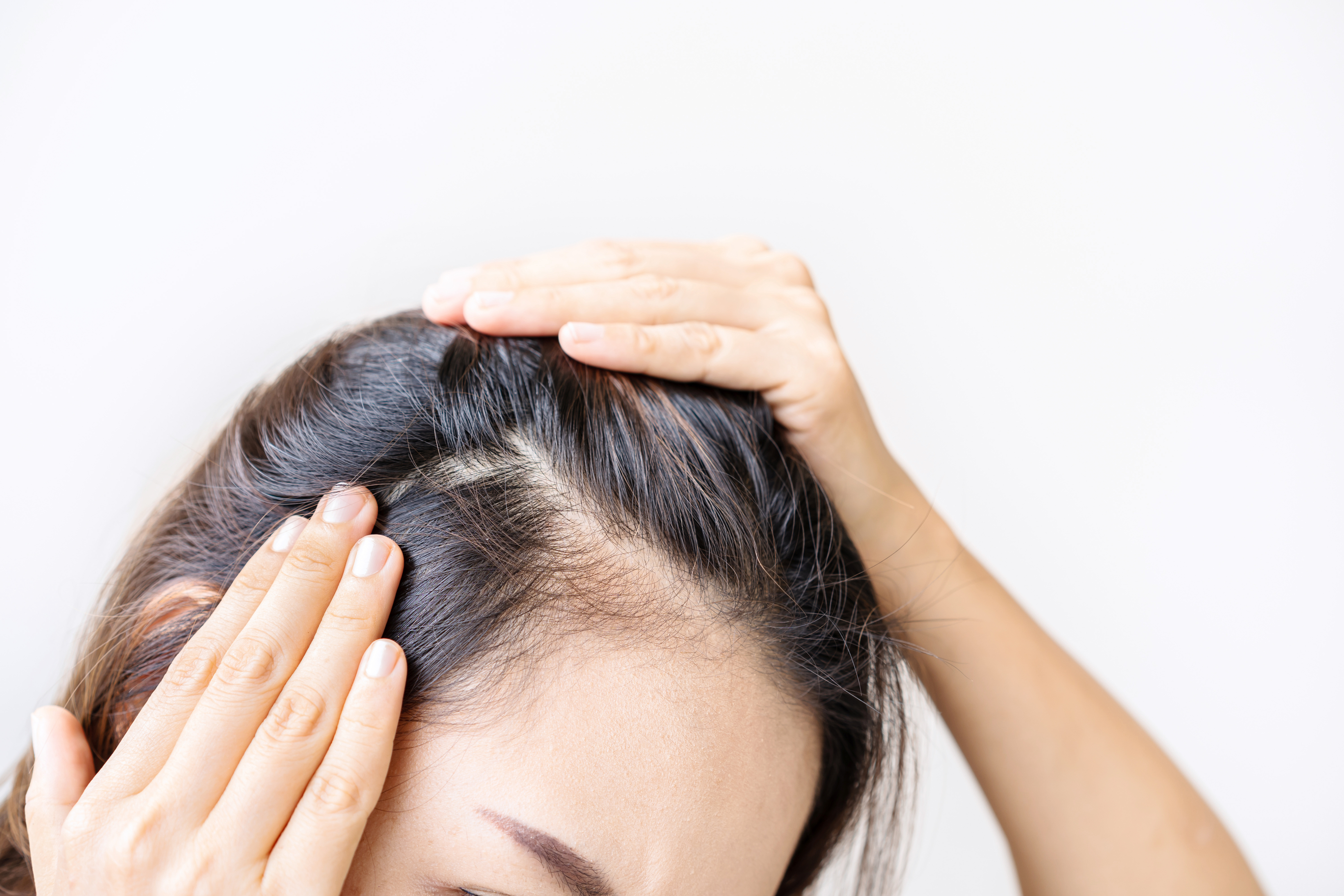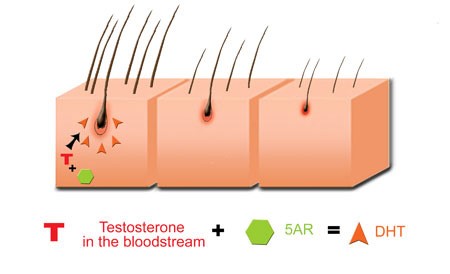A Closer Look at Hair Loss in Different Demographics
Whether it’s losing a few strands of hair or experiencing sudden hair loss and a receding hairline, hair loss in any form can take an emotional toll on a person. Many people believe that hair loss only affects a particular gender and age group, but in reality, this condition impacts individuals across all demographics.
Most people experiencing hair loss simply begin searching for the best hair loss treatment for men and women. Many also start accumulating products that claim to promote hair regrowth for women and men, only to realise that the journey to hair regrowth is not so straightforward.
It’s important to pause here and understand the relationship between demographics and hair loss. To find out about female hair loss treatments or learn about men’s hair treatments, it is essential to understand that hair loss varies between men and women, as well as between different age groups.
Most men experience male pattern baldness as a receding hairline or thinning at the crown. Women, on the other hand, typically experience hair loss in a diffuse pattern. There are also multiple causes of hair loss due hormonal fluctuations, stress, genetics, or underlying medical conditions.
In this blog, we will help you understand how hair loss differs between men and women, and how demographics affect this condition.
Hair Loss in Men:
Understanding Male Pattern Baldness: Male pattern baldness, also known as androgenetic alopecia (AGA), is the most common cause of hair loss in men. It typically follows a distinct pattern characterised by hair thinning and a receding hairline, often starting at the temples or crown of the head. Male pattern baldness is primarily driven by genetics and the hormone dihydrotestosterone (DHT), which leads to the miniaturisation of hair follicles over time. While male pattern baldness can occur at any age, it often becomes more noticeable as men get older, with a higher prevalence in middle-aged and older individuals. Treatment options for male pattern baldness or hair loss treatment for men include medications like finasteride and minoxidil, as well as surgical procedures such as hair transplantation.
Hair Loss in Women:
Exploring Female Pattern Hair Loss: Female pattern hair loss is a common condition characterised by thinning of the hair, particularly on the top of the scalp. Unlike male pattern baldness, female pattern hair loss tends to result in diffuse thinning rather than a distinct receding hairline. Female pattern hair loss is also primarily driven by genetics and the hormone dihydrotestosterone (DHT), which leads to the miniaturisation of hair follicles over time. Women may also experience hair loss due to other factors such as childbirth, hormonal imbalances, and medical conditions like polycystic ovary syndrome (PCOS). Treatment options for female pattern hair loss or hair treatment for women include topical minoxidil, oral medication and low-level laser therapy.
Ethnic Variations in Hair Loss:
Understanding Diversity in Hair Loss Patterns: Hair loss patterns can vary significantly among different ethnicities and racial groups. For example, individuals of African descent may be more prone to conditions like traction alopecia due to certain hairstyling practices, while individuals of Asian descent may have a lower incidence of male pattern baldness. Understanding these ethnic variations is essential for providing personalised care and treatment recommendations. Additionally, cultural factors and societal norms surrounding hair and beauty may influence attitudes towards hair loss and treatment-seeking behaviours within diverse communities.
How Androgenetic Alopecia Typically Worsens with Age
Androgenetic alopecia (AGA) tends to worsen with age primarily due to the continuous effects of dihydrotestosterone (DHT) on hair follicles. DHT, a potent androgen derived from testosterone, gradually miniaturises hair follicles over time, leading to progressively thinner and shorter hairs. Additionally, ageing is associated with hormonal changes, such as declining levels of estrogen in women and alterations in androgen levels in both men and women, which can further contribute to the progression of hair loss. While the exact mechanisms underlying age-related hair loss are complex and multifactorial, the persistent influence of DHT on susceptible hair follicles remains a central factor in the worsening of androgenetic alopecia over time.
Early intervention with medical treatments, such as finasteride or minoxidil, can help slow the progression of hair loss and preserve existing hair follicles.
At Bioscor, we offer effective hair loss treatments for both men and women across Australia. Our hair loss specialists follow a systematic process to diagnose the underlying cause of hair loss and prescribe personalised treatment plans tailored to each individual’s unique condition. Our comprehensive range of solutions for hair growth aim to maximise your chances of hair regrowth.
Book an appointment with us today to learn more about hair loss treatments for men and women.


